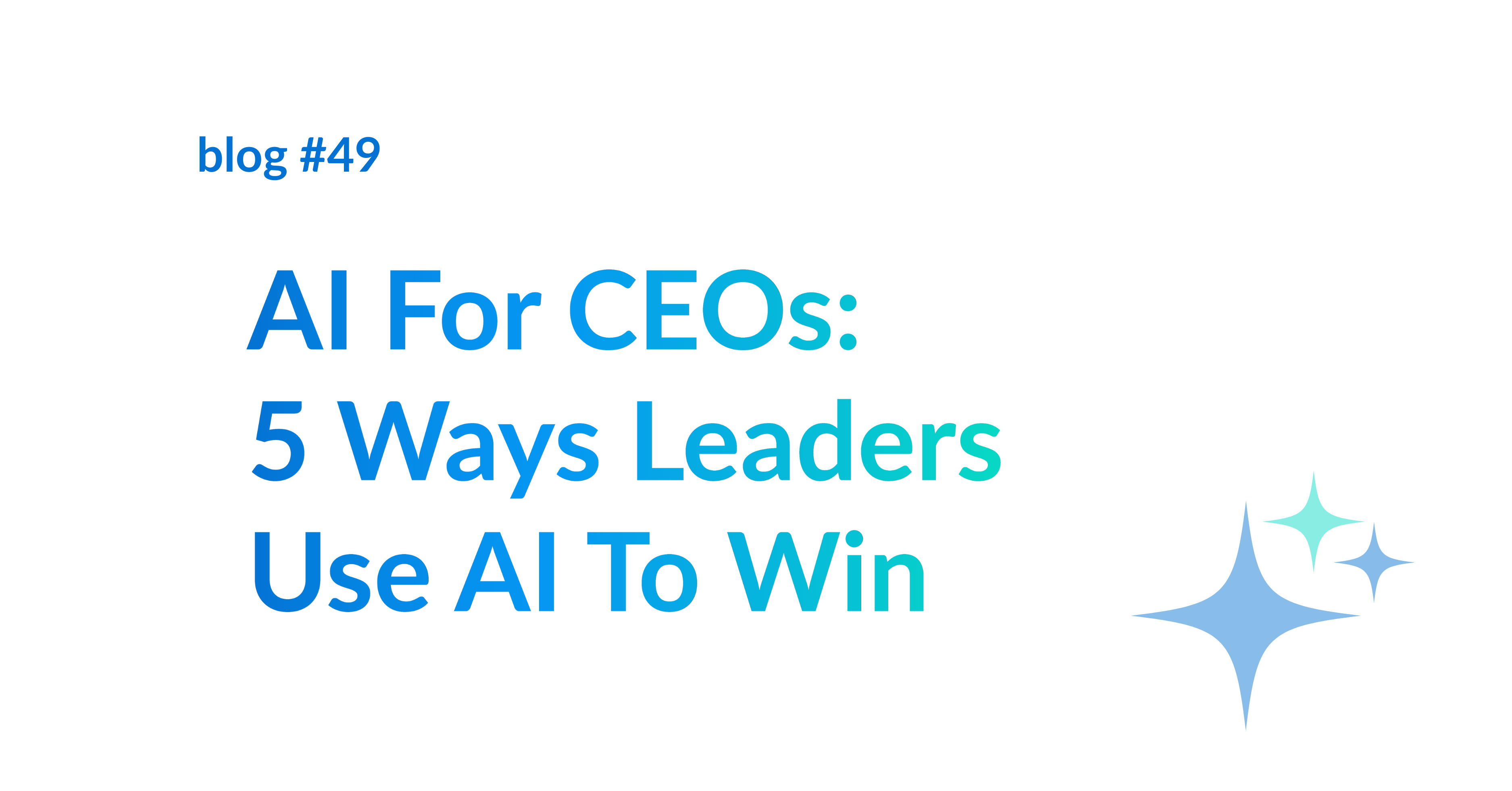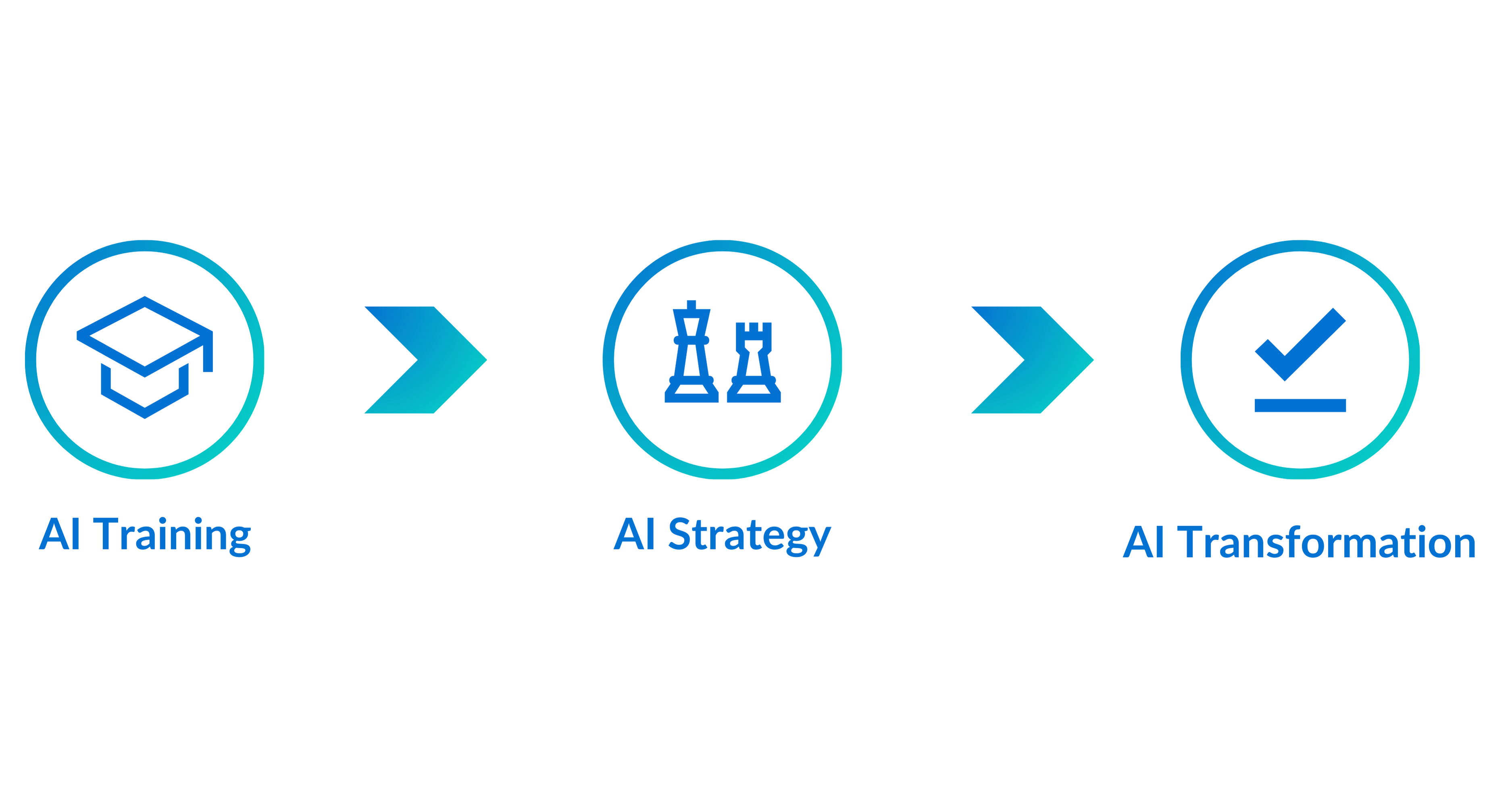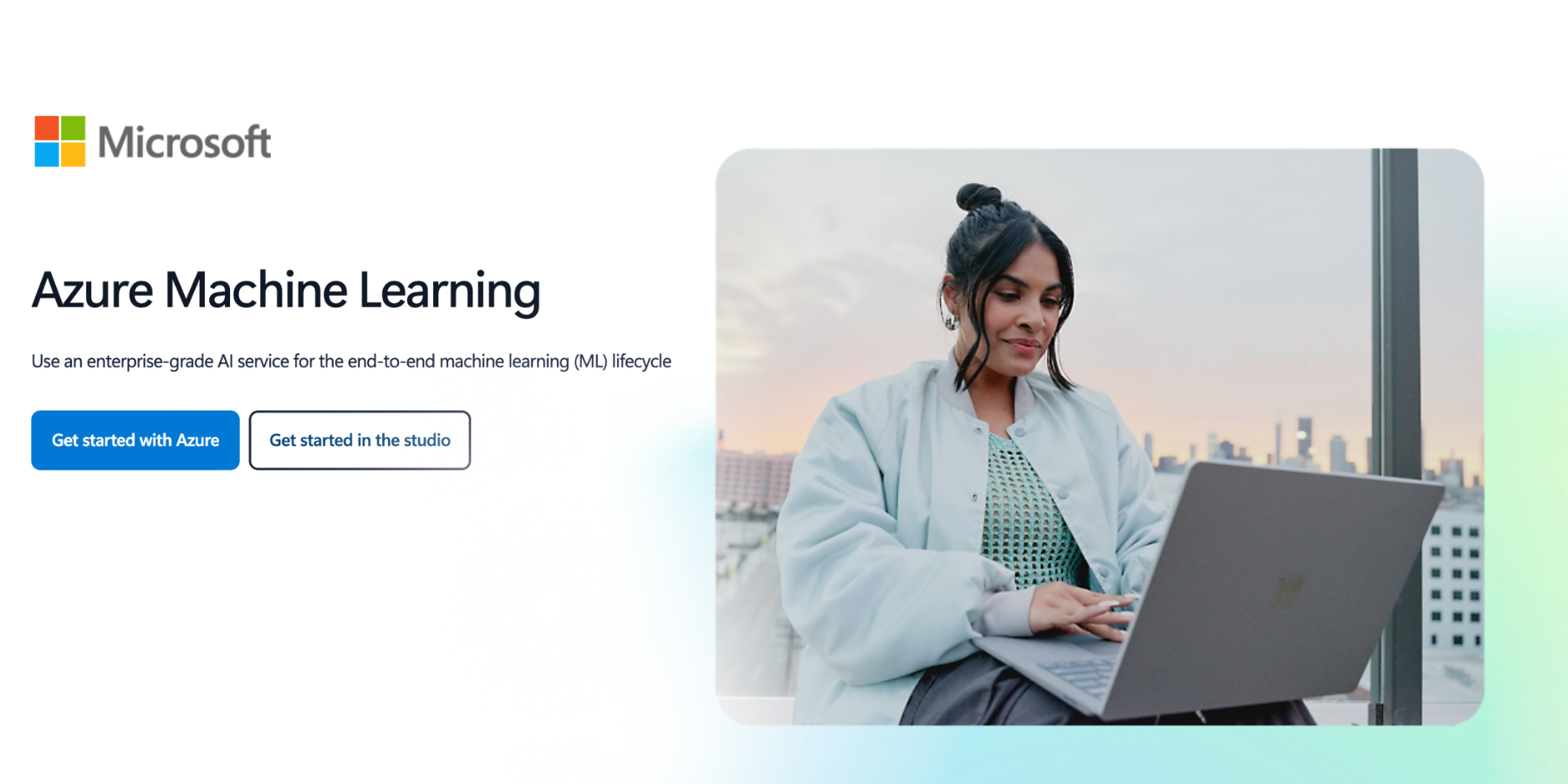
Contents
Imagine having a strategic partner that never sleeps—one that instantly surfaces critical insights and helps you lead with sharper precision. That partner already exists. It’s called AI.
Still, if you're unsure where to begin—or questioning whether AI is worth the effort—you’re not alone. With a sea of tools and no clear roadmap, even the most experienced leaders can feel overwhelmed.
But here’s the reality: AI is no longer optional. When used strategically, it will offload hours of manual work, transform raw data into real-time insight, and help you make faster, more focused decisions—with far less friction.
In this article, we’ll explore 5 powerful ways forward-thinking CEOs are leveraging AI to streamline operations, unlock exponential value, and drive smarter, data-backed decisions.
1. Make Faster, Smarter Decisions
The CEOs Problem: CEOs are constantly expected to make high-stakes decisions—often with either incomplete information or an overwhelming flood of data. Waiting on reports or gut instinct alone leads to risk, misalignment, and missed opportunities.
The AI Advantage: With AI-powered predictive analytics and natural language processing, you can instantly access insights that used to take weeks to gather. Think real-time sales forecasting, automated competitor analysis, or sentiment tracking across customer and employee feedback.
Example: Instead of asking, “How did we perform last quarter?” you’re now asking, “What will drive growth next quarter—and what risks are emerging now?” AI-powered tools like Tableau with Einstein and Microsoft Azure ML are transforming decision-making. They can detect market shifts, forecast performance, and analyze trends in real time—giving teams a powerful edge. In fact, teams using Tableau with Einstein uncover insights up to 29% faster and boost forecast accuracy by as much as 32%!
2. Reclaim Your Time With Intelligent Automation
The CEOs Problem: Every minute you spend reviewing meeting notes, managing your inbox, or coordinating schedules is time not spent on strategy, innovation, or vision. Admin and operational drag kills momentum at the top.
The AI Advantage: AI-powered tools like Microsoft 365 Copilot, Google Gemini for Workspace, and Zoom AI Companion are already transforming how leaders manage their day. From auto-prioritizing tasks and drafting follow-up emails to summarizing meetings and optimizing your calendar—they’re quietly taking hours of admin off your plate each week.
Imagine reclaiming 10–15 hours of operational “noise” without switching platforms. The best part? These features may already be embedded in the tools your team is using—you just haven’t fully tapped into them yet.
Example: A tech company integrated Microsoft Copilot into its daily workflow and saved 6.5 hours in just one week. By using Copilot to generate meeting summaries, streamline scheduling, and prepare for meetings through email and document insights, the team significantly reduced manual admin work. These AI-driven efficiencies allowed leaders to stay informed and focused without attending every meeting or sorting through endless threads.
3. See What Your Customers Aren’t Telling You
The CEOs Problem: Most CEOs only encounter customer insights after they've been filtered through layers of manual reporting. By the time the data reaches the top, it’s often too high-level—or too late to act on.
The AI Advantage: With AI-driven tools like Thematic, MonkeyLearn, or even ChatGPT API pipelines, you can scan and synthesize thousands of open-text feedback items—reviews, tickets, NPS comments—in seconds. Patterns, pain points, and product gaps rise to the surface, fast.
Example: Leaders at a major telecom company used Thematic to analyze over 100,000 customer comments from surveys and support tickets. Thematic’s AI quickly surfaced key trending issues—billing and network reliability—as top drivers of dissatisfaction. After addressing these areas, the company saw a 20% increase in customer satisfaction within one quarter.
4. Drive Financial & Operational Efficiency
The CEOs Problem: Most inefficiencies are invisible until they’ve already hurt the bottom line. Traditional tools rely on rearview data metrics. By the time you notice waste, it’s too late.
The AI Advantage: AI-enabled financial platforms like Planful and Workday Adaptive Planning will surface hidden cost centers, underperforming segments, and resource allocation issues automatically. They also simulate “what-if” scenario modeling for planning spend, workforce adjustments, and revenue projections.
Example: A digital services and platforms company, implemented Workday Adaptive Planning to improve its financial forecasting and budgeting processes. As a result, they cut report generation time from weeks to one day, halved audit prep time, and reduced manual invoice entry from 50% to 15%. The tool also empowered team leads with better budgeting control and enabled daily bank reconciliations for real-time financial insights.
5. Manage Risk Before It Happens
The CEOs Problem: CEOs are accountable for managing risk—but many threats (cyber, economic, compliance) are buried in data complexity and change rapidly. Traditional risk assessments are manual, periodic, and reactive.
The AI Advantage: AI-driven platforms like Darktrace (for cyber), IBM OpenPages (for governance), and Quantified (for financial crime) provide real-time anomaly detection, continuous monitoring, and scenario simulation—turning risk management into a proactive, ongoing capability.
Example: A global retailer with 700+ stores deployed Darktrace to secure its expansive infrastructure with limited security staff. Within minutes of implementation, Darktrace's AI detected and autonomously contained a ransomware attack, providing real-time protection. The system now proactively defends against threats 24/7, reducing response time and easing the burden on their internal team.
How CEOs Can Start Using AI—Without The Overwhelm
CEOs don’t need a massive tech overhaul or custom built software to start seeing the benefits of AI. The key? Start small, stay strategic, and scale with confidence. Here’s how:
Identify Clear Pain Points
What are some repetitive tasks or decision-making bottlenecks you’d love to eliminate?
Consider partnering with an experienced AI consultant to help you navigate a strategy, system selection, and implementation without the tech overwhelm.
Pilot One Use Case
Run a low-risk, high-impact pilot—like automating personal administrative tasks or using AI for customer insights.
Build Internal Literacy
Help your leadership team understand AI’s potential and limitations. You don’t need to be data scientists, but you do need to speak the language.
Measure And Expand
Use KPIs to track ROI. When you see results, expand AI into other areas of the business.

Being a CEO today means leading through rapid, relentless change. And while AI may still feel like unfamiliar territory, the greater risk lies in standing still.
To help you understand where your organization stands, we recommend starting with our quick, actionable AI Readiness Assessment—a simple way to identify how quickly your company can move into AI.
Have questions or ready to take the next step? Whether you're just beginning to explore AI or looking to move into implementation, you can schedule a no-pressure AI intro call with me. I'll help you cut through the noise and move forward with clarity, confidence, and a clear path to impact.



